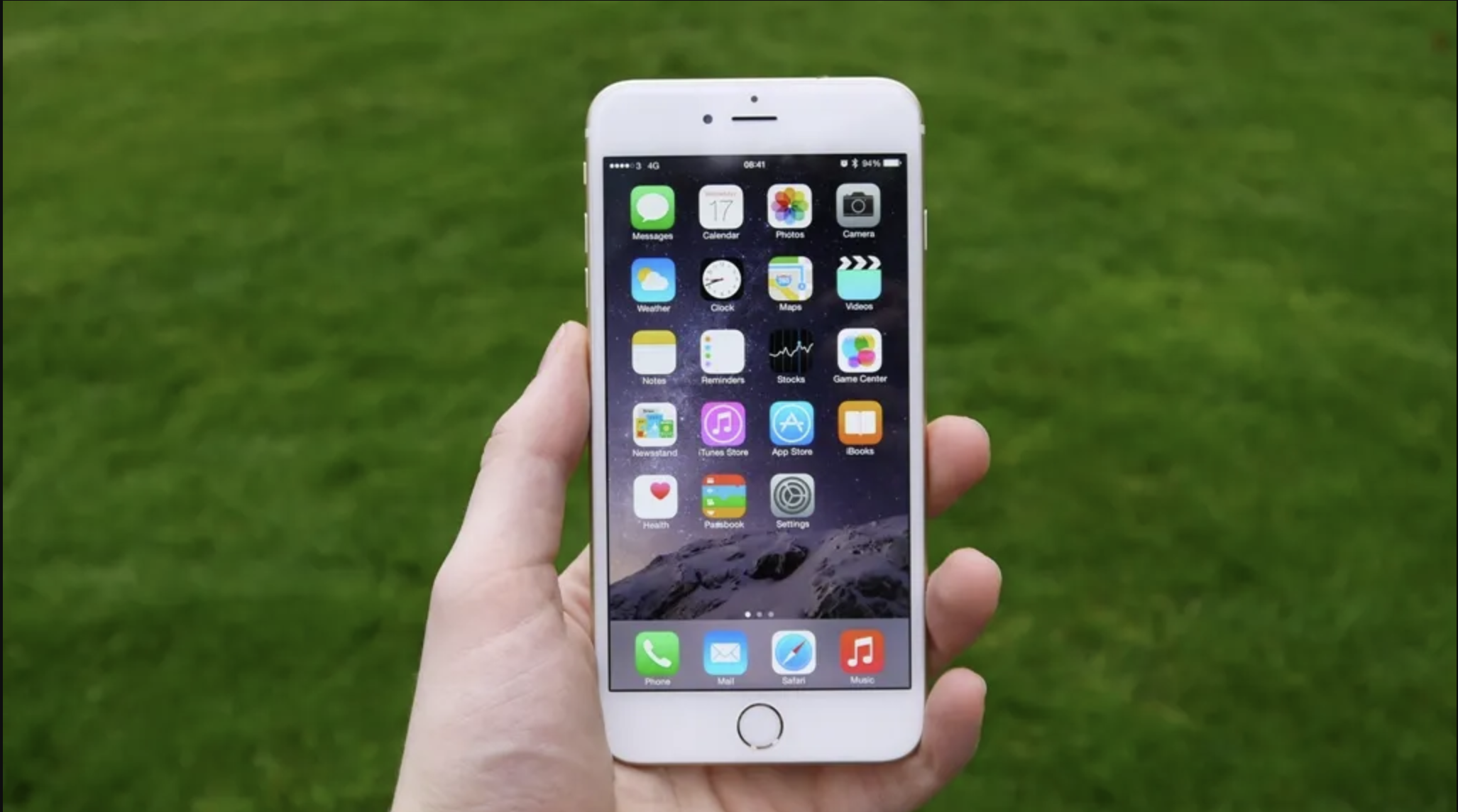Apple just made the iPhone 6 Plus obsolete and I'm mourning everything big, good, and 'bendable' about it
Big was and will always be in

Apple's iPhone has always been a shape-shifter, going from tear-drop curves to bold, sharp edges, back to seamless curved chassis, then to sharp edges, and more recently settling on edges with burnished corners. But in 2014, Apple shifted into one dimension it hadn't tried before – overall size – and we welcomed the ginormous iPhone 6 Plus.
This week, Apple placed the iPhone 6 Plus onto its dreaded "obsolete" list. This means your iconic big-screen phone will no longer get any iOS updates and is also beyond service: no new parts, no smiling Genius Bar rep trying to help you extend the shrinking battery life.
With Apple sunsetting the devices (and preparing to do so with the iPhone 6, iPhone 6S, and iPhone 6S Plus, which are now all on the partially supported Apple "Vintage" list), I thought it was worth looking back at the iPhone that literally changed our perspective.

At 5.5 inches, Apple's iPhone 6 Plus dwarfed the also new and newly curvy, 4.7-inch iPhone 6. Measuring 6.22 inches tall by 3 inches wide (but just 7.1mm thick), the iPhone 6 Plus was so large it demanded a new distinction and ushered in the era of the "phablet" (for "phone-tablet).
It was so "big" that Apple had to invent a new control mode called "Reachability" where you double-tapped the home button (yes, that still existed) and the top half of the screen shifted down to be within reach of your thumb. Reachability still exists but now you place your finger just above the dock and gesture down to access it.
When people saw the iPhone 6 Plus in person for the first time, they were shocked and 'even repulsed' until, of course, they held the 6.07-ounce phone.
This all sounds somewhat ridiculous now, what with the 6.7-inch iPhone 15 Plus and 6.8-inch Samsung Galaxy S24 Ultra, but it was, yes, a huge deal back then. In my review for Mashable, I noted that when people saw the iPhone 6 Plus in person for the first time, they were shocked and "even repulsed" until, of course, they held the 6.07-ounce phone (lighter than our current 7.09-ounce iPhone 15 Plus). Holding and using the largest iPhone screen ever left them smitten.
At the time, seven years into our iPhone journey, many of us had become accustomed to carrying the phone in our back pocket. The typical 4.8-in. x 2.31 in. x 7.6mm chassis made, for instance, the iPhone 5 more than up to the task of sandwiching between a chair and our butts. The big question, it turned out, was whether the just 7.1 mm thick and considerably larger iPhone 6 Plus could hold up to the same pressure.
Sign up for breaking news, reviews, opinion, top tech deals, and more.
The short answer was yes. The vast majority of iPhone 6 Plus (and iPhone 6 owners) used their handsets for years without issue. But there was a small but very vocal and high-profile minority that had a different experience.

"Bendgate" was spawned primarily by one enterprising YouTuber (Unbox Therapy) who managed to show you could bend the iPhone 6 Plus by torquing it – hard. Soon others were twisting and flexing their iPhone 6 and 6 Plus handsets to the breaking point. I don't recall many people testing if their butt could create a similar bend.
Apple made it clear at the time that these were edge cases at best, but it's also worth noting that the iPhone 6s Plus was 0.2mm thicker than its predecessor.
There were, though, several great innovations in the iPhone 6 Plus that ushered in a new iPhone era. Everything from the placement of the power/sleep button that moved from the top of the phone to the more reachable side, to iOS 8's myriad interface changes (landscape view, responding to notifications on the lock screen) and twice-as-fast slo-mo.
The iPhone 6 Plus also featured Apple's penchant for adding qualifiers to feature names, so "Retina display" became "Retina HD display," which added slightly more pixels. It's also funny to recall that Apple still called its rear camera the "iSight camera," a forced optics branding that thankfully faded away with subsequent iPhones.
What's important about the iPhone 6 Plus and its Phablt size is that it cemented our interest in, and eventually love affair with, big-screen smartphones. The most popular iPhones are now typically at least 6.7 inches and we're hearing rumors that the rumored iPhone 16 Pro Max could be 6.9 inches. That's right, an almost 7-inch iPhone, which to me does sound a lot like a "Phablet".
Rest in Piece, iPhone 6 Plus. You survived 'bendgate, " enchanted a generation of smartphone owners, and set the stage for our big-screen iPhone future.
You might also like
- I ditched my Android for an iPhone 15 for a week – and Apple has ...
- The iPhone 15 Pro Max just short-circuited my move back to Android ...
- I thought titanium on phones was nonsense until I tried the iPhone ...
- I was wrong – 120Hz refresh rates make Apple's best iPhones worth ...
- Sorry Samsung, the iPhone is the only phone worth upgrading every ...

A 38-year industry veteran and award-winning journalist, Lance has covered technology since PCs were the size of suitcases and “on line” meant “waiting.” He’s a former Lifewire Editor-in-Chief, Mashable Editor-in-Chief, and, before that, Editor in Chief of PCMag.com and Senior Vice President of Content for Ziff Davis, Inc. He also wrote a popular, weekly tech column for Medium called The Upgrade.
Lance Ulanoff makes frequent appearances on national, international, and local news programs including Live with Kelly and Mark, the Today Show, Good Morning America, CNBC, CNN, and the BBC.